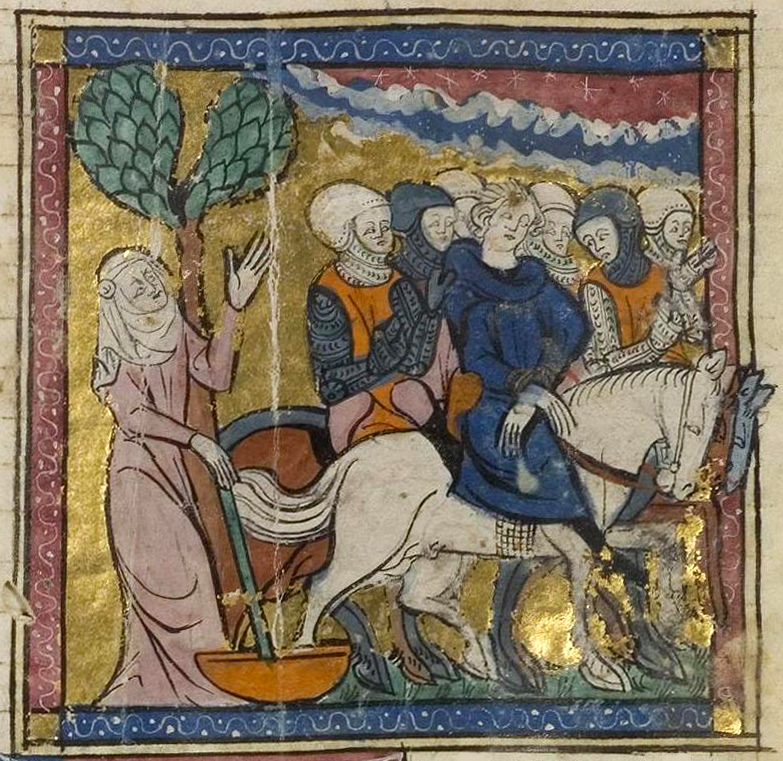The Treaty of Lambeth was signed on 4 May 1212 by King John of England and several French counts, including Renaud I of Dammartin and Boulogne and Ferdinand of Flanders. The Treaty of Lambeth of 1212 should not be confused from the Treaty of Lambeth of 1217, also known as the Treaty of Kingston. [1]

Renaud de Dammartin was Count of Boulogne from 1190, Count of Dammartin from 1200 to 1214 and Count of Aumale from 1204 to 1214. He was son of Alberic III of Dammartin, and Mathilde of Clermont.

Ferdinand reigned as jure uxoris Count of Flanders and Hainaut from his marriage to Countess Joan, celebrated in Paris in 1212, until his death. He was born in Coimbra, and he was an Infante of Portugal as the fourth son of King Sancho I of Portugal and Dulce of Aragon.
The Treaty of Lambeth of 1217, also known as the Treaty of Kingston to distinguish it from the Treaty of Lambeth of 1212, was a peace treaty signed by Prince Louis of France in September 1217 ending the campaign known as the First Barons' War to uphold the claim by Louis to the throne of England. When the campaign had begun, baronial enemies of the unpopular John, King of England had flocked to the French banner, but after John's death in 1216, and his replacement by a regent, William Marshal, on behalf of the boy king Henry III, many had moved to the English side. Subsequent defeats at Lincoln in May 1217 and at Dover and Sandwich in August 1217 forced Louis to negotiate.
By 1212 John had lost his Angevin possessions in France. Renaud lands had also been seized by King Philip II of France. Renaud brought other continental nobles, including Ferdinand, into a coalition against Philip. In return he was given several fiefs in England and an annuity. In the treaty agreed on 4 May 1212, each prince promised not to make a separate peace with France. [2]

The term "Angevin Empire" is an unofficial umbrella term among historians referring to the possessions of the Angevin kings of England, who held lands in England and France, during the 12th and 13th centuries. Its rulers were Henry II, Richard I, and John. The Angevin Empire is an early example for composite states.

Philip II, known as Philip Augustus, was King of France from 1180 to 1223, the seventh from the House of Capet. His predecessors had been known as kings of the Franks, but from 1190 onward, Philip became the first French monarch to style himself "King of France". The son of King Louis VII and his third wife, Adela of Champagne, he was originally nicknamed Dieudonné (God-given) because he was a first son and born late in his father's life. Philip was given the epithet "Augustus" by the chronicler Rigord for having extended the crown lands of France so remarkably.








